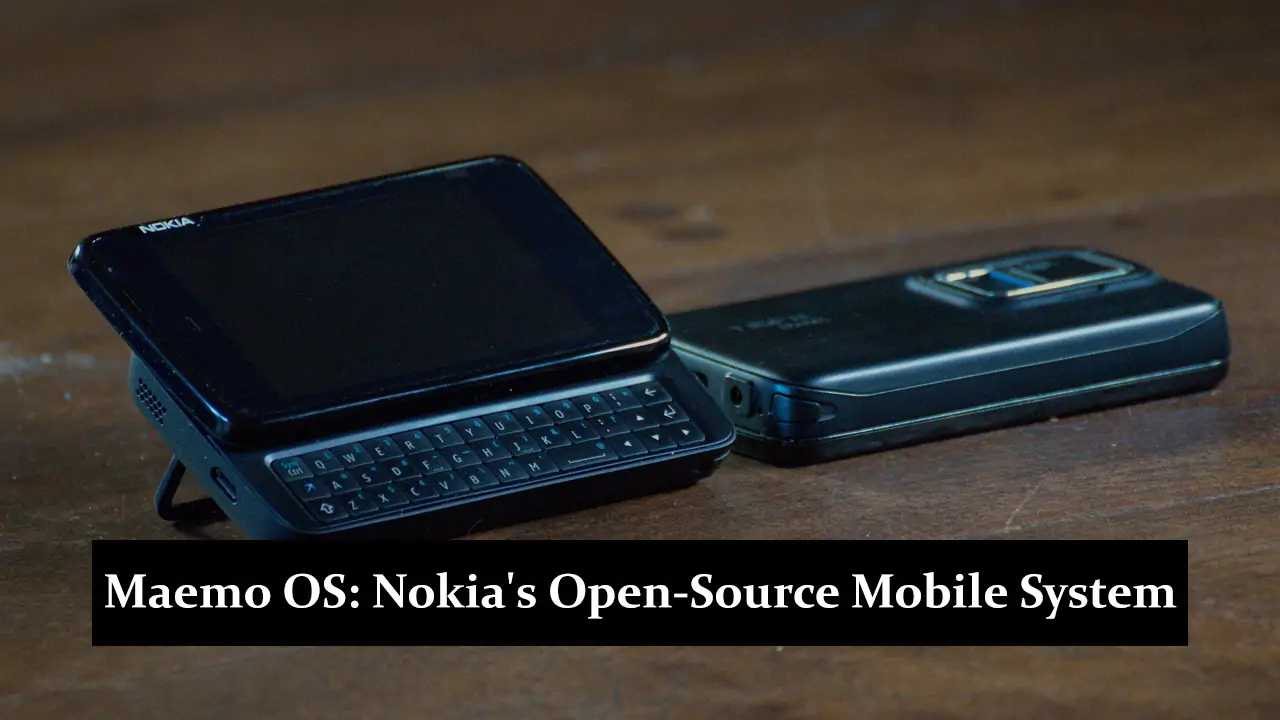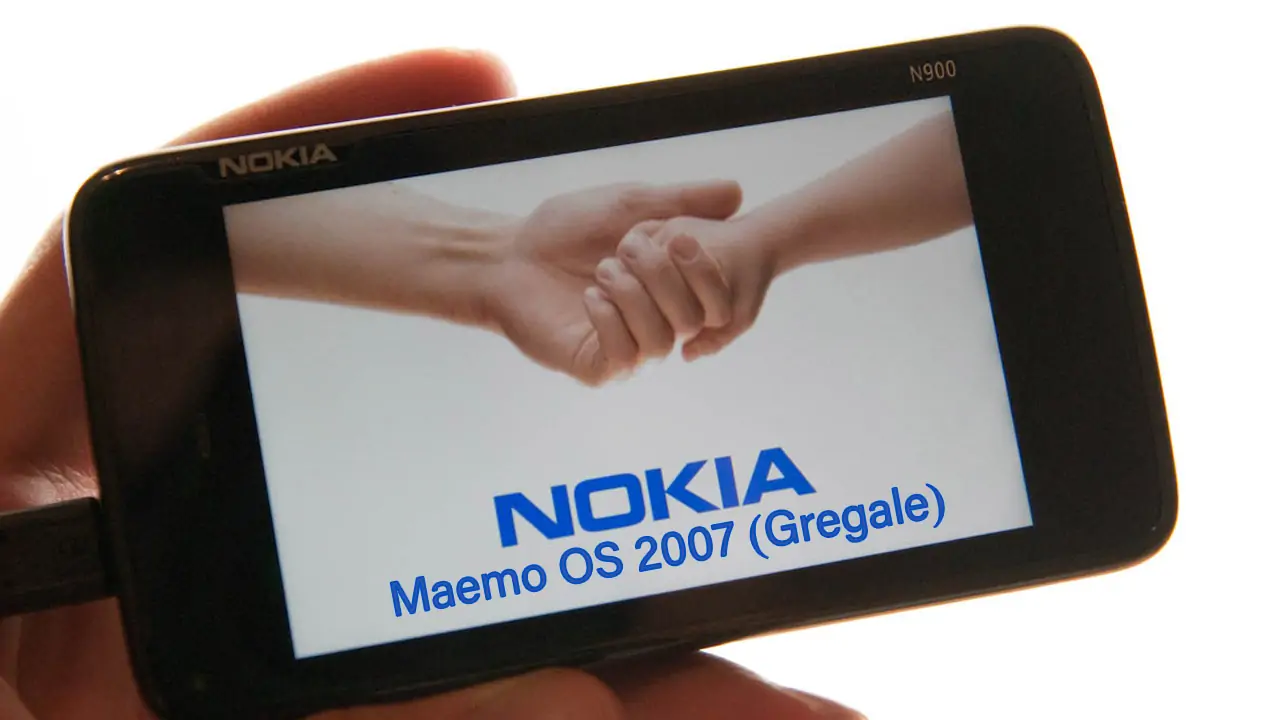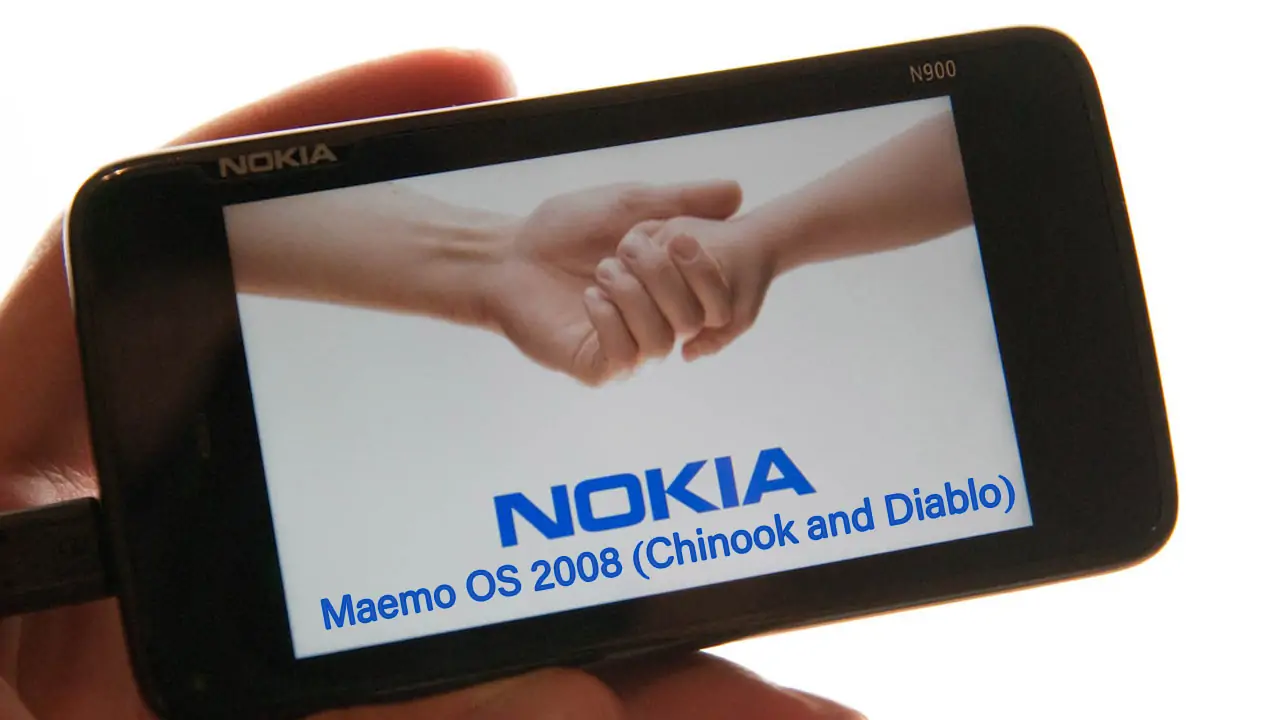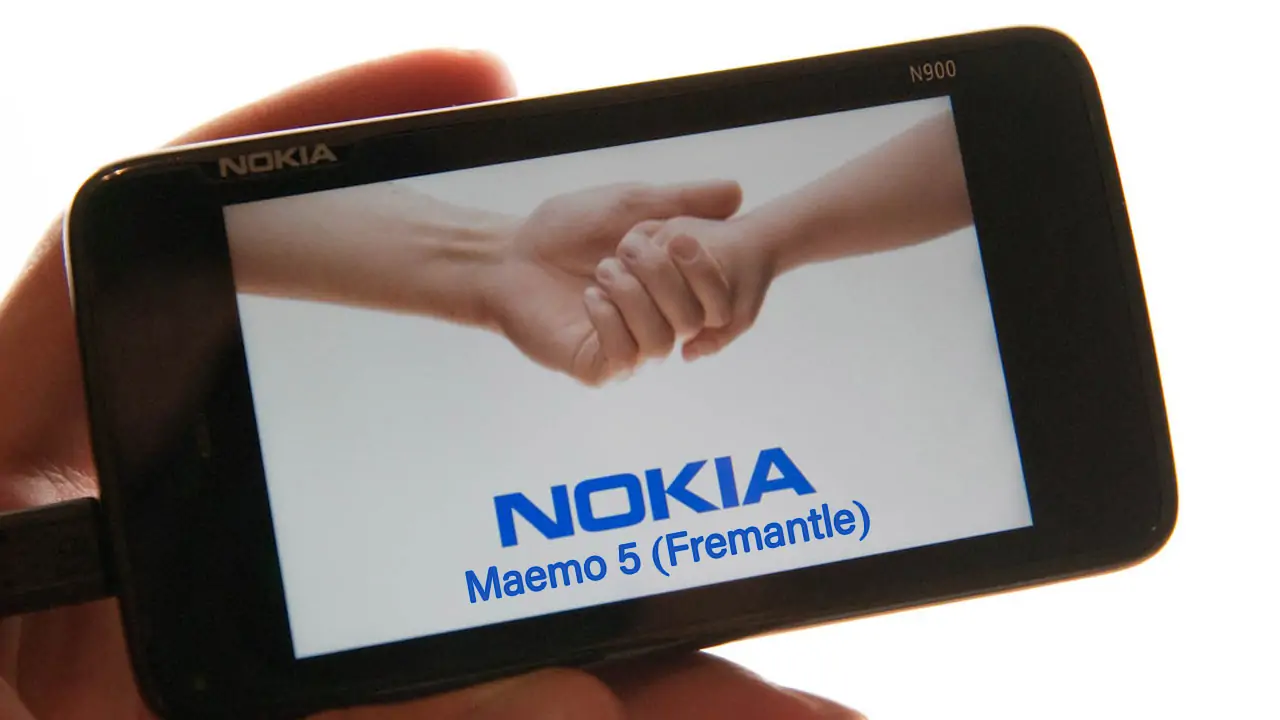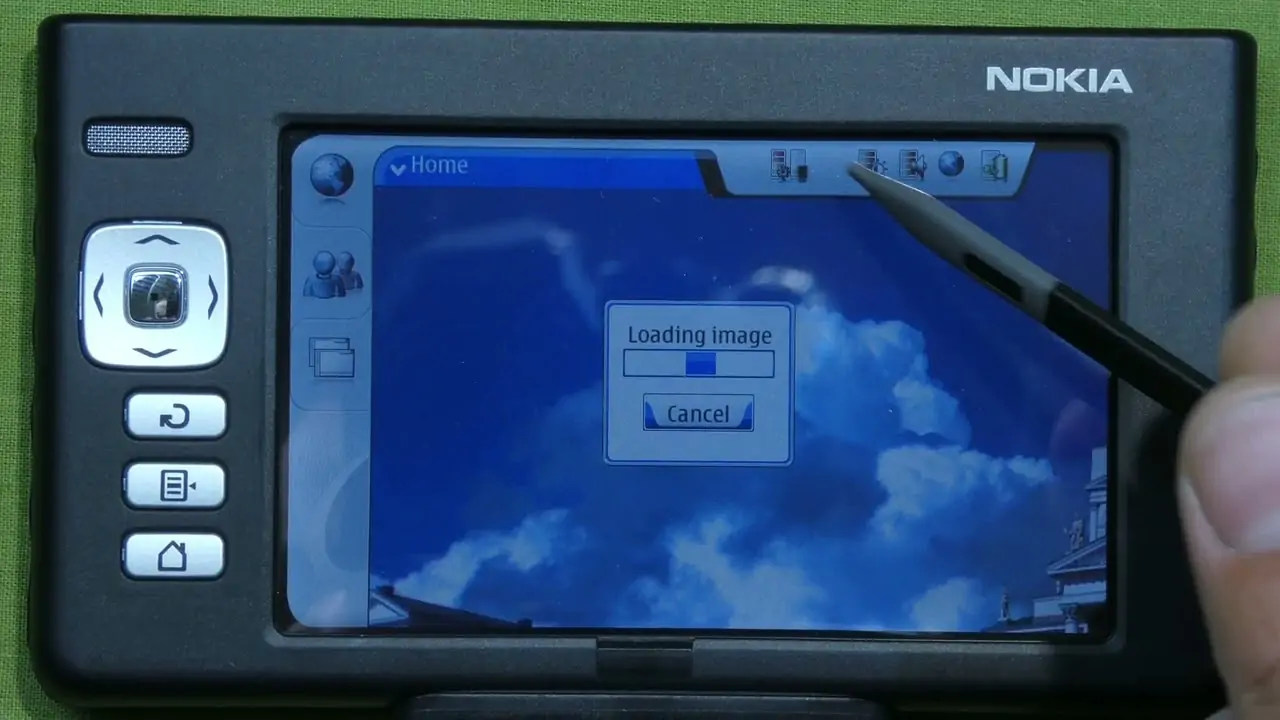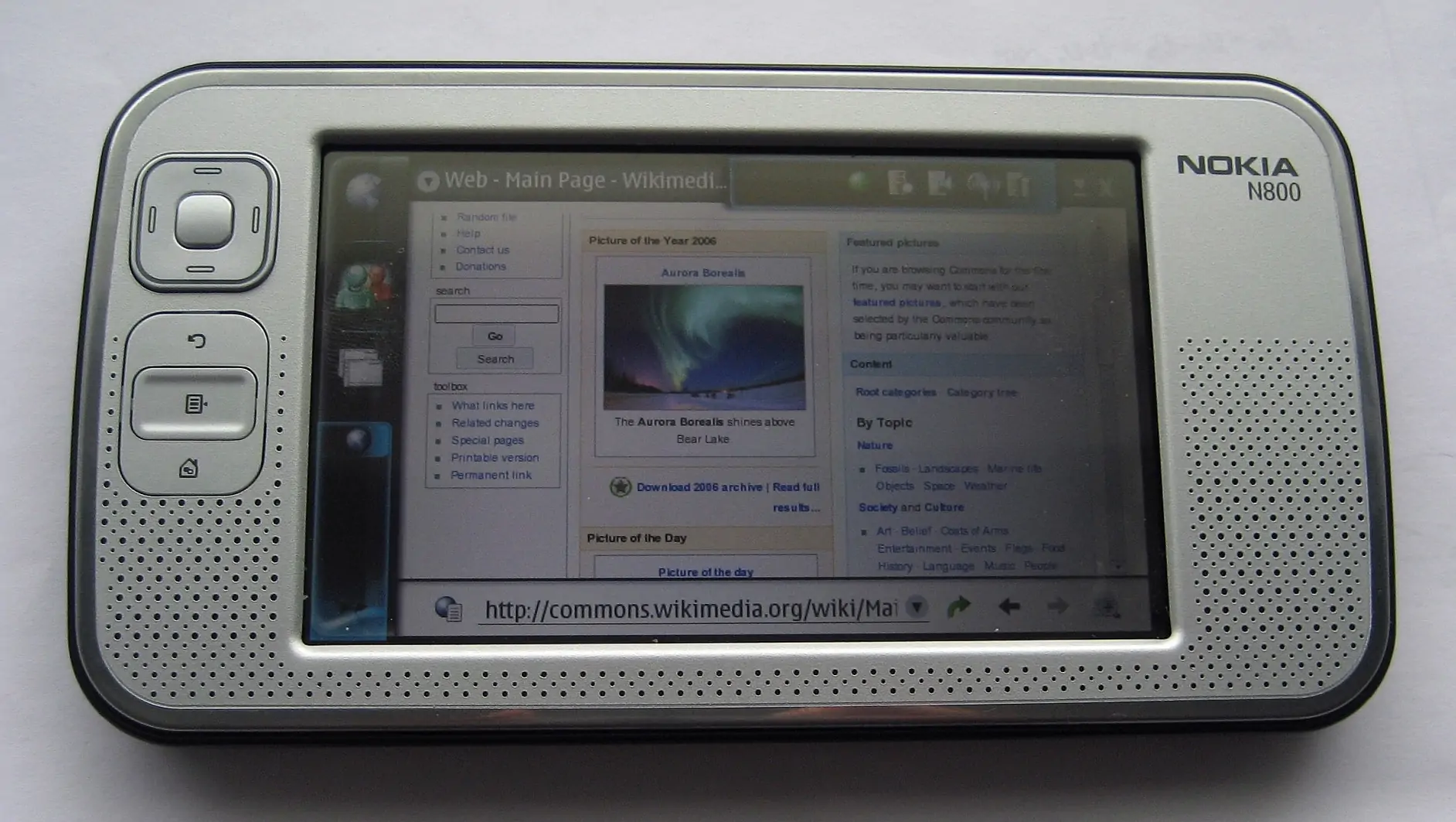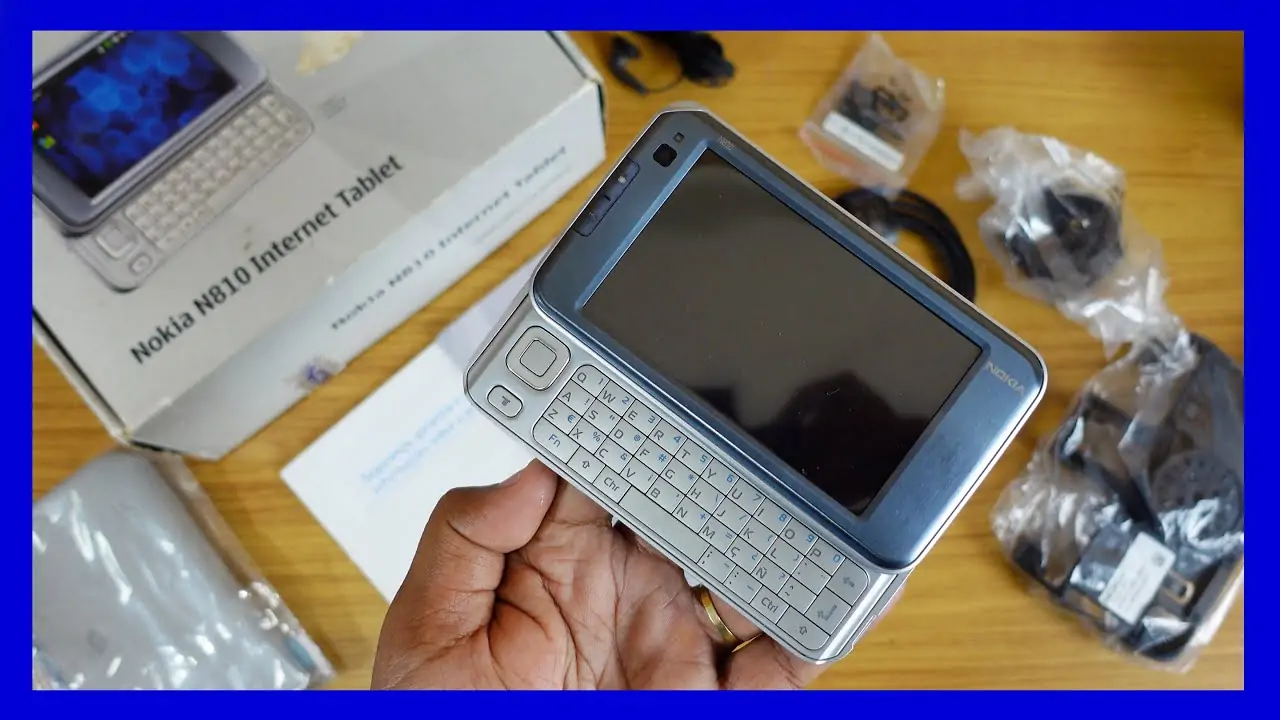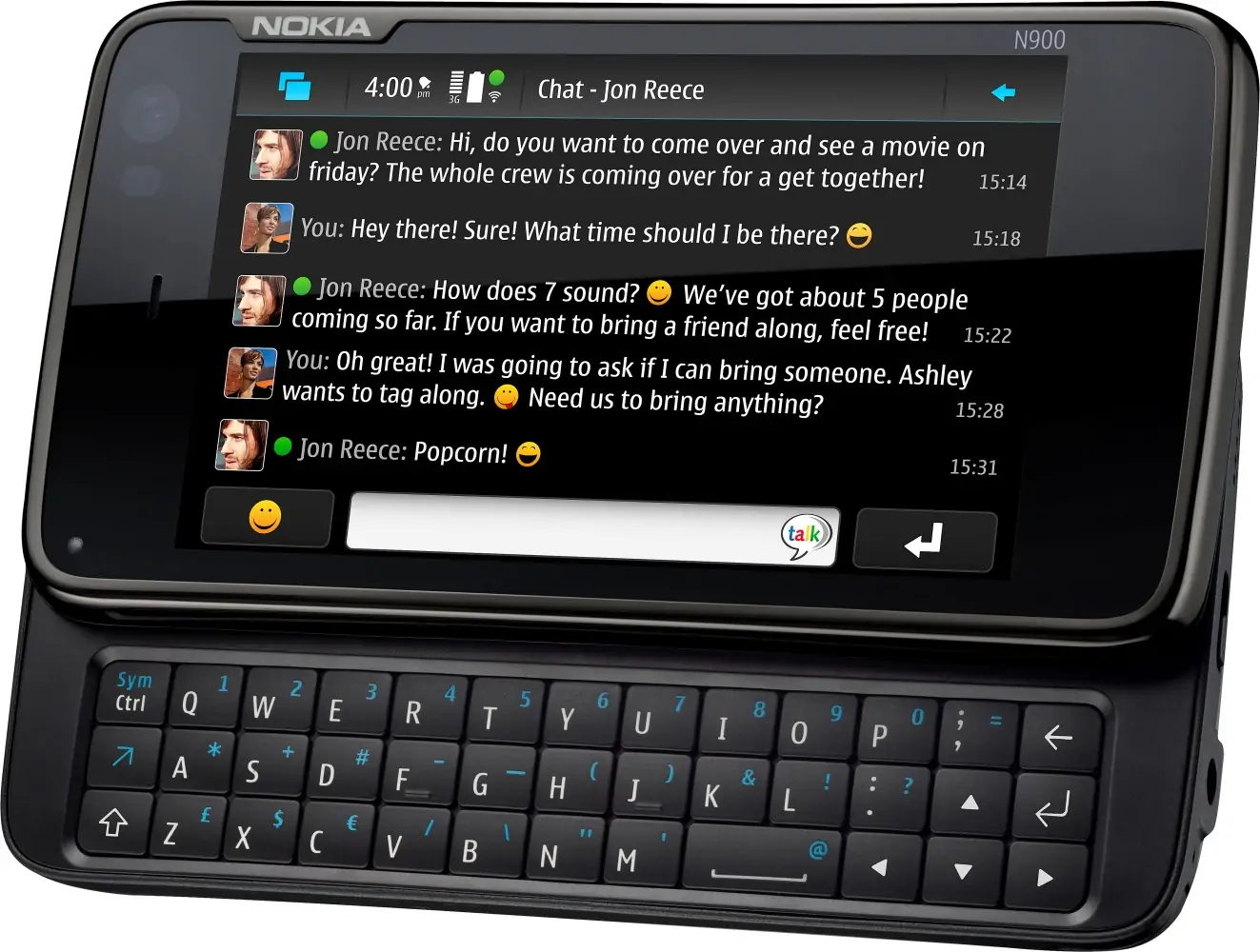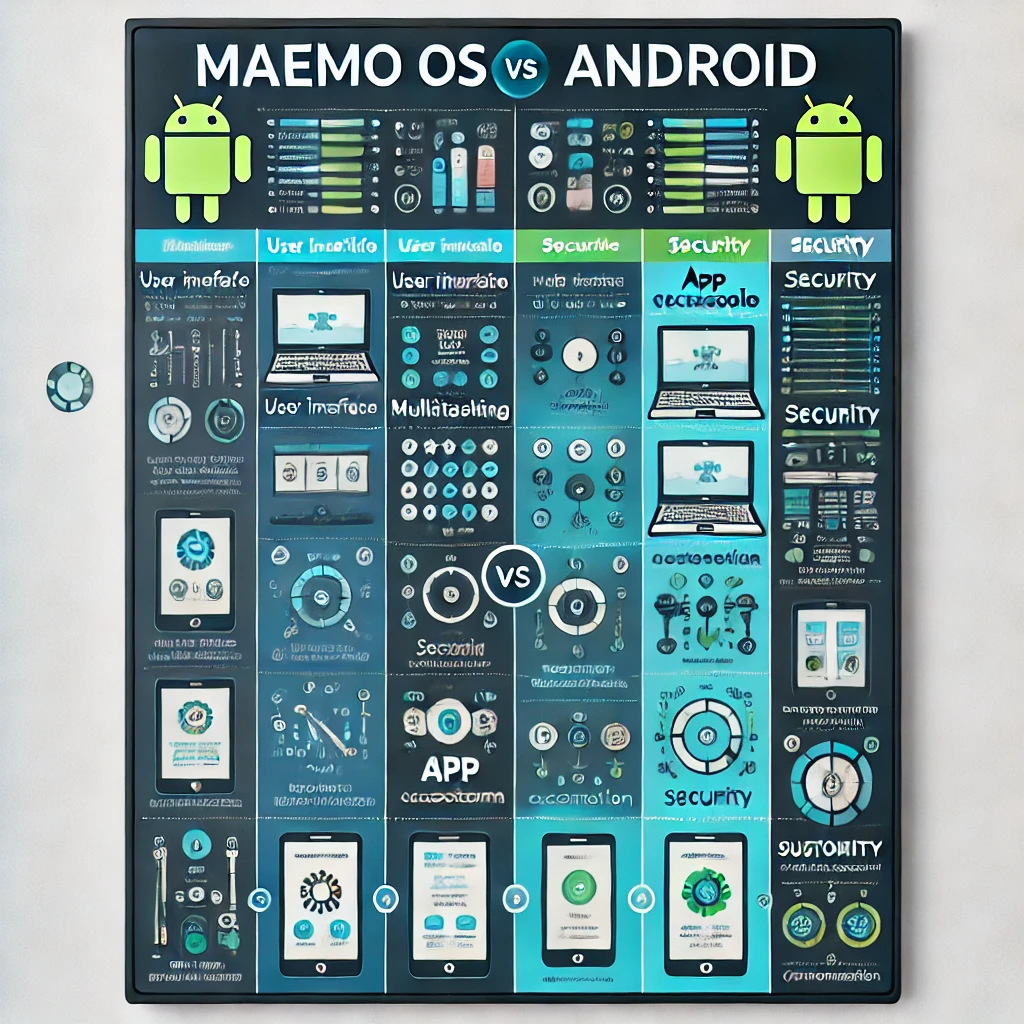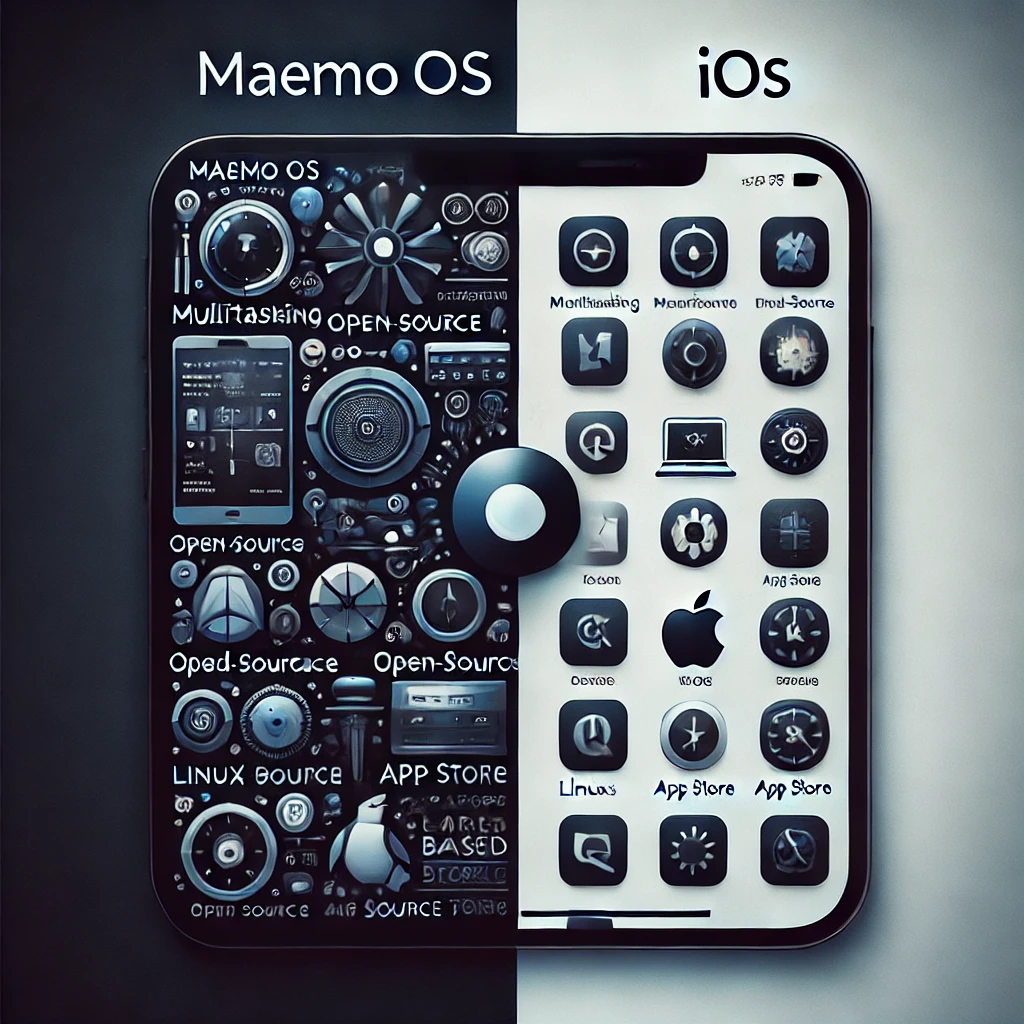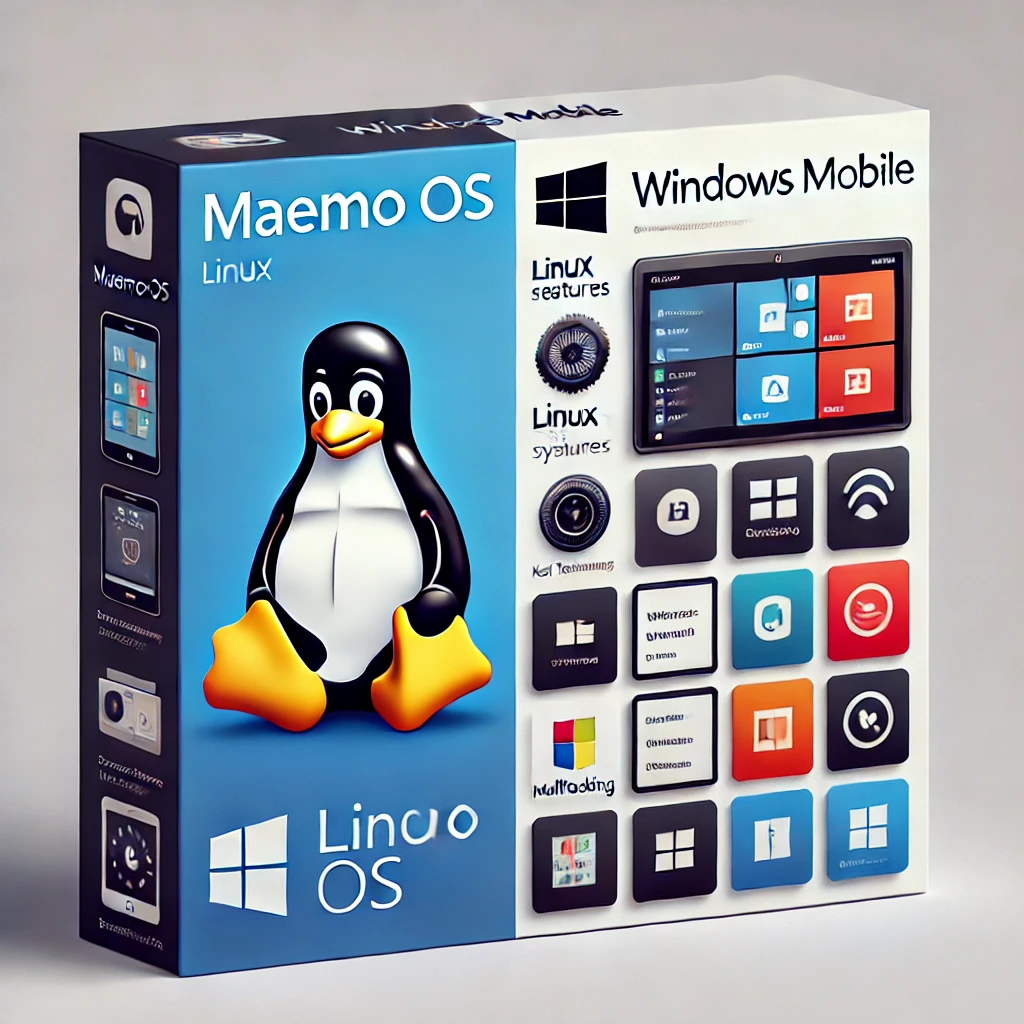Maemo OS, developed by Nokia, is an open-source operating system based on the Debian Linux distribution, designed primarily for mobile devices. Its introduction marked a significant moment in the mobile OS landscape, emphasizing versatility and a robust developer community. Predominantly featured on Nokia’s Internet Tablet line, including the N900 and N810, Maemo OS offered a unique blend of a Linux kernel with a graphical user interface tailored for mobile use. This platform was pivotal in pioneering aspects of mobile computing, setting a precedent for software innovation in handheld devices.
Versions of Maemo OS
Maemo OS 2005 (Mistral)
Released for the Nokia 770 Internet Tablet, Maemo OS 2005, codenamed Mistral, was the inaugural version of the OS. It focused primarily on enhancing internet browsing and multimedia functions, catering specifically to the needs of early mobile internet users. This version laid the groundwork for Nokia’s vision of a versatile mobile computing experience.
An update to the initial release, Maemo OS 2006, known as Scirocco, was again designed for the Nokia 770. It brought about improved performance and greater stability, addressing many user feedback points from its predecessor. This version aimed to refine the user experience, making the device more reliable for everyday tasks.
Maemo OS 2007 (Gregale)
Introduced with the Nokia N800, Maemo OS 2007, or Gregale, featured an enhanced user interface that was more user-friendly and visually appealing. It expanded the device’s multimedia capabilities, allowing users to manage better and enjoy various media formats, which was a significant step forward in mobile multimedia technology.
Maemo OS 2008 (Chinook and Diablo)
Nokia N810 and N800 utilized Maemo OS 2008, which featured two updates: Chinook and Diablo. Chinook focused on improving application support, significantly broadening the device’s utility. Diablo, meanwhile, brought incremental updates such as bug fixes and performance improvements, ensuring a smoother user experience and greater system reliability.
Maemo 5 (Fremantle)
Launched with the Nokia N900, Maemo 5, also known as Fremantle, incorporated significant enhancements, including support for cellular technologies, which broadened its appeal as a truly mobile device. It introduced a capacitive touchscreen, a major upgrade in user interaction. Fremantle was particularly noted for its focus on multitasking with a Linux-based architecture, allowing more robust and versatile device use.
Key Features of Maemo OS
Maemo OS stood out in the mobile operating system market due to its unique blend of features tailored for advanced mobile computing. Its Linux foundation offered a more open, flexible, powerful platform than its contemporaries.
User Interface Elements and Customization Options
The user interface of Maemo OS was designed to be functional and customizable, catering to tech-savvy users who appreciated personalization. It featured a home screen that could be customized with widgets, shortcuts, and multiple desktops, enabling users to tailor their devices to their specific needs and preferences. The UI was intuitive yet offered deep customization options rarely seen in other mobile operating systems of its time.
Multitasking Capabilities
Multitasking was another cornerstone of Maemo OS, allowing users to run multiple applications simultaneously without significant slowdowns. This capability was far ahead of many competitors, reflecting its desktop Linux roots. Maemo OS displayed running applications in a dashboard-like view, making it easy to switch between them and manage ongoing tasks effectively.
Approach to App Management
App management in Maemo OS was characterized by an openness that encouraged development and user involvement. Thanks to its Debian package management system, the system supported easy installation and management of third-party applications. This openness fostered a vibrant developer community and ensured a wide array of applications that could be tailored to enhance the device’s functionality.
Devices That Used Maemo OS
Maemo OS was featured in a select group of Nokia devices, each tailored to maximize the operating system’s capabilities and provide a unique user experience. Below is a detailed look at these devices, their specifications, performance aspects, and the reception they received from users.
Nokia 770 Internet Tablet
The Nokia 770 Internet Tablet was the first device to run Maemo OS, specifically Maemo OS 2005 (Mistral). It featured a 4.13-inch touchscreen, 128MB of RAM, and Wi-Fi connectivity, primarily focusing on providing a rich internet browsing experience. Although it lacked cellular connectivity, it was praised for its innovative approach to mobile internet access at the time.
Nokia N800
The Nokia N800 improved upon its predecessor by featuring a more robust set of specifications, including a faster processor and more RAM (256MB). It ran Maemo OS 2007 (Gregale), which introduced an improved user interface and enhanced multimedia capabilities. The N800 was well-received for its clear display and improved internet browsing experience.
Nokia N810
The Nokia N810 slightly evolved over the N800, adding a physical slide-out keyboard and GPS functionality. It initially shipped with Maemo OS 2008 (Chinook) and was later updated to Diablo. Adding a keyboard and GPS made it highly useful for those who needed more from their mobile device for on-the-go computing and navigation.
Nokia N900
The Nokia N900 was the most advanced Maemo device, running Maemo 5 (Fremantle). It featured a 3.5-inch resistive touchscreen, a slide-out QWERTY keyboard, 32GB of storage, and a powerful ARM Cortex-A8 processor. Unlike its predecessors, the N900 included cellular capabilities, making it a full-fledged smartphone. The device was highly acclaimed for its multitasking capabilities and was considered a precursor to modern smartphones.
Comparison with Other Mobile Operating Systems
Maemo OS, developed during the emergence of several major mobile operating systems, offered a unique approach to mobile computing. Here, we’ll compare it with contemporaries like Android, iOS, and Windows Mobile, focusing on the advantages and disadvantages of each system relative to Maemo OS.
Comparison to Android
Pros of Maemo OS:
- Open-source and Customizable: Unlike Android, which is open-source but often heavily customized by manufacturers, Maemo OS offers a more consistent and purely open-source experience, allowing deeper user customization.
- Desktop-Like Multitasking: Maemo OS provided a superior multitasking experience more akin to a desktop environment, particularly appealing to power users.
Cons of Maemo OS:
- App Ecosystem: Android’s Play Store offers a vastly larger array of apps than Maemo’s application offerings, making Android more versatile for everyday users.
- Manufacturer Support: Android received broader support from various hardware manufacturers, ensuring a wider range of devices and price points.
Comparison to iOS
Pros of Maemo OS:
- Flexibility and Control: Maemo OS granted users more control over the system, contrasting with iOS’s more locked-down approach.
- Hardware Variety: Although limited, Maemo devices often featured hardware elements like physical keyboards appealing to certain users, a feature less common in iPhones.
Cons of Maemo OS:
- User Interface and Ease of Use: iOS is renowned for its intuitive and user-friendly interface, which makes it easier for non-technical users to navigate and use effectively.
- Integration with Services: iOS’s integration with Apple’s ecosystem provided a seamless experience across devices, something Maemo OS could not match.
Comparison to Windows Mobile
Pros of Maemo OS:
- Linux-based System: The Linux foundation of Maemo OS offered greater stability and security compared to Windows Mobile, which was often criticized for its vulnerabilities.
- Community and Developer Support: Maemo OS enjoyed robust support from the Linux community, contributing to a wide range of developer-driven enhancements and customizations.
Cons of Maemo OS:
- Corporate Adoption: Windows Mobile was more readily adopted in corporate environments due to its integration with Microsoft services, a key area where Maemo OS lagged.
- Market Penetration: Windows Mobile had a significant head start and wider recognition in the market, making it more accessible to a broader audience.
Challenges Faced by Maemo OS
Compatibility Issues with Hardware
One of the significant technical challenges Maemo OS faced was hardware compatibility. Being a Linux-based system, Maemo required specific hardware architectures and configurations to run optimally, which limited the range of devices that could support it. Compared to Android, which was designed to be more flexible across various hardware platforms, Maemo’s dependency on specific types of hardware made it less adaptable and attractive to device manufacturers seeking to offer a broad range of products.
Limited Third-Party Application Support
A critical hurdle for any mobile operating system is the richness of its app ecosystem. Maemo OS needed help attracting a large pool of third-party developers to build apps for its platform. This limitation was partly due to the smaller user base, discouraging developers from investing time and resources into creating apps for a less popular OS. Compared to iOS’s App Store and Android’s Google Play, Maemo’s application offerings were sparse, impacting the overall user experience and utility of Maemo-powered devices.
Market Competition from Emerging Mobile Operating Systems
During Maemo OS’s active period, the mobile OS landscape was rapidly evolving. The rise of Android and iOS, with their robust developer support, extensive app ecosystems, and significant backing from key industry players, put immense pressure on smaller platforms like Maemo. These dominant platforms quickly captured market share by leveraging their extensive ecosystems and continuous innovations, overshadowing smaller players like Maemo OS.
Strategic Missteps
Maemo OS’s marketing and strategic positioning needed to catch up with its competitors. Nokia, struggling with its corporate challenges at the time, did not allocate sufficient resources or strategic focus to fully develop and promote Maemo OS in a way that could compete effectively against the burgeoning platforms of Google and Apple.
Conclusion
Maemo OS, developed by Nokia, was a pioneering mobile operating system strongly emphasizing open-source principles, advanced multitasking, and user customization. Despite facing challenges such as limited hardware compatibility and a small third-party app ecosystem, it significantly impacted mobile computing. Its legacy teaches current OS developers the importance of fostering a robust developer community and maintaining flexibility in hardware support. Maemo OS’s contributions continue to influence the development of mobile platforms, emphasizing innovation and user-centric features.
